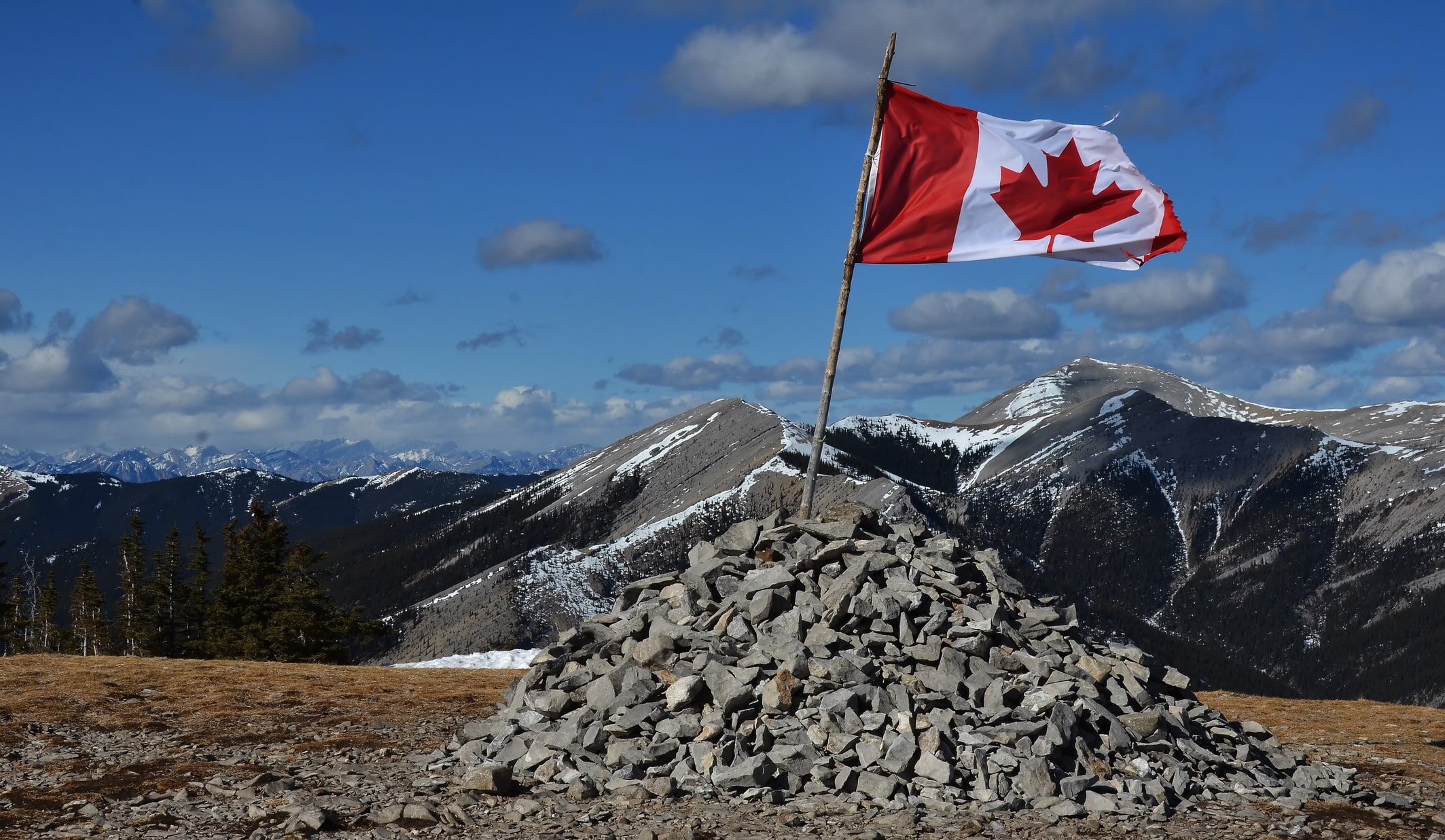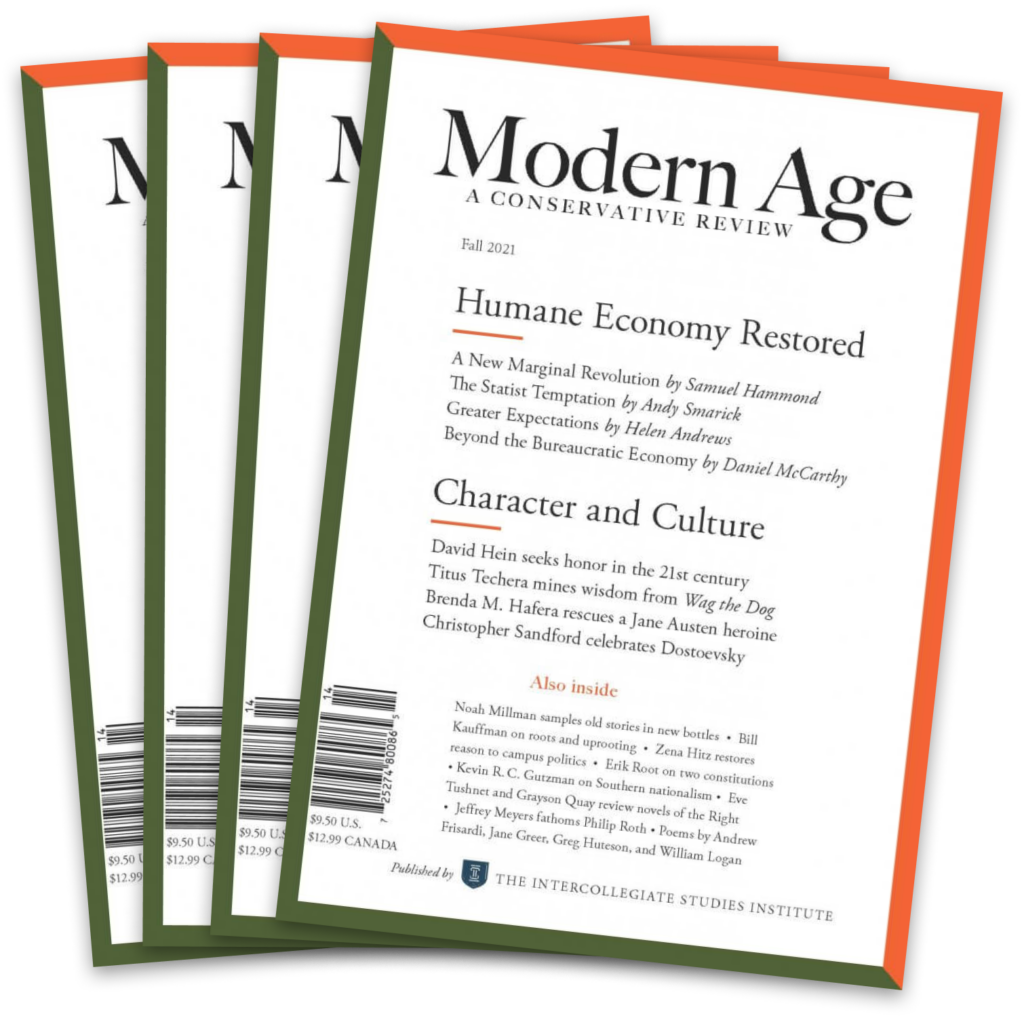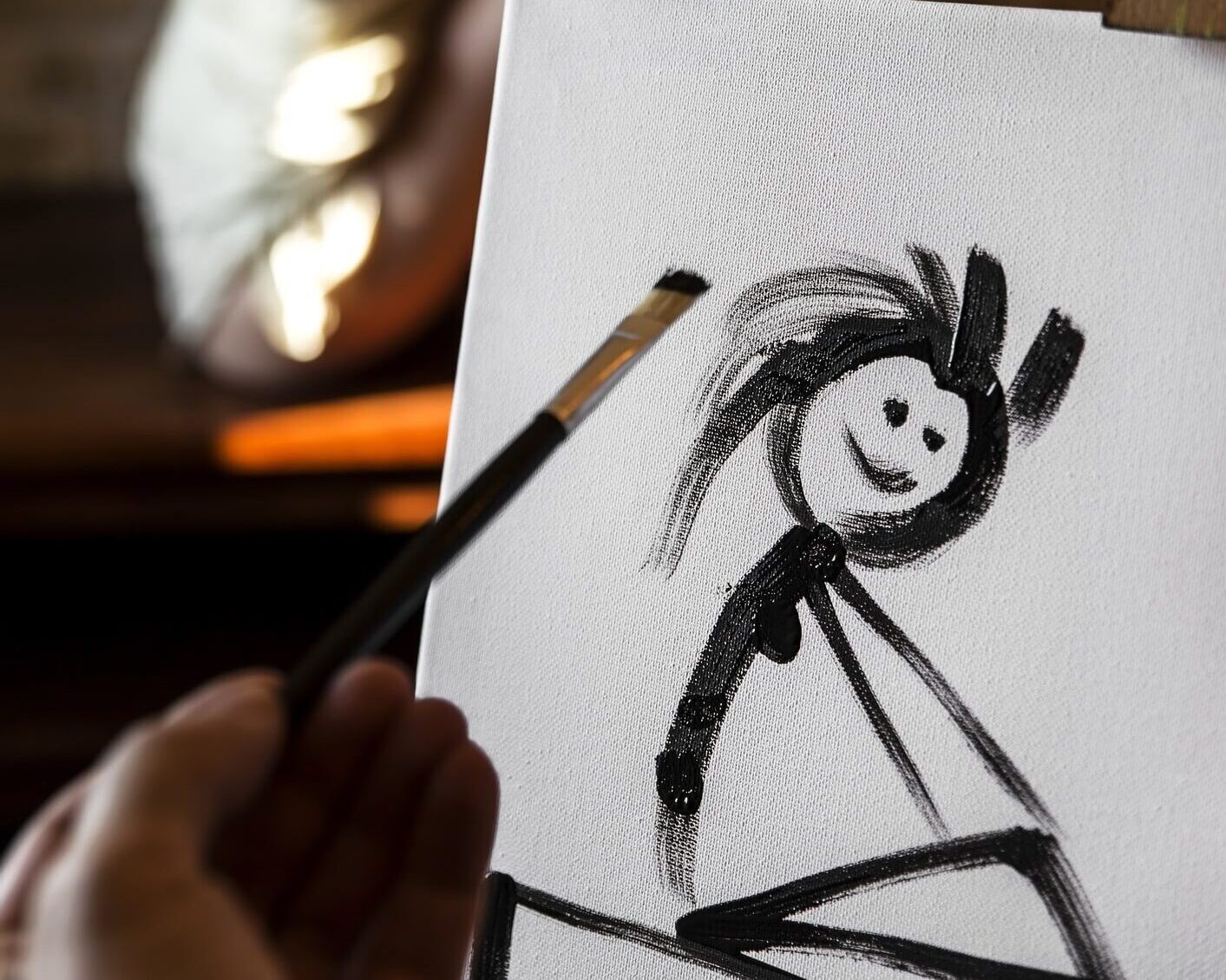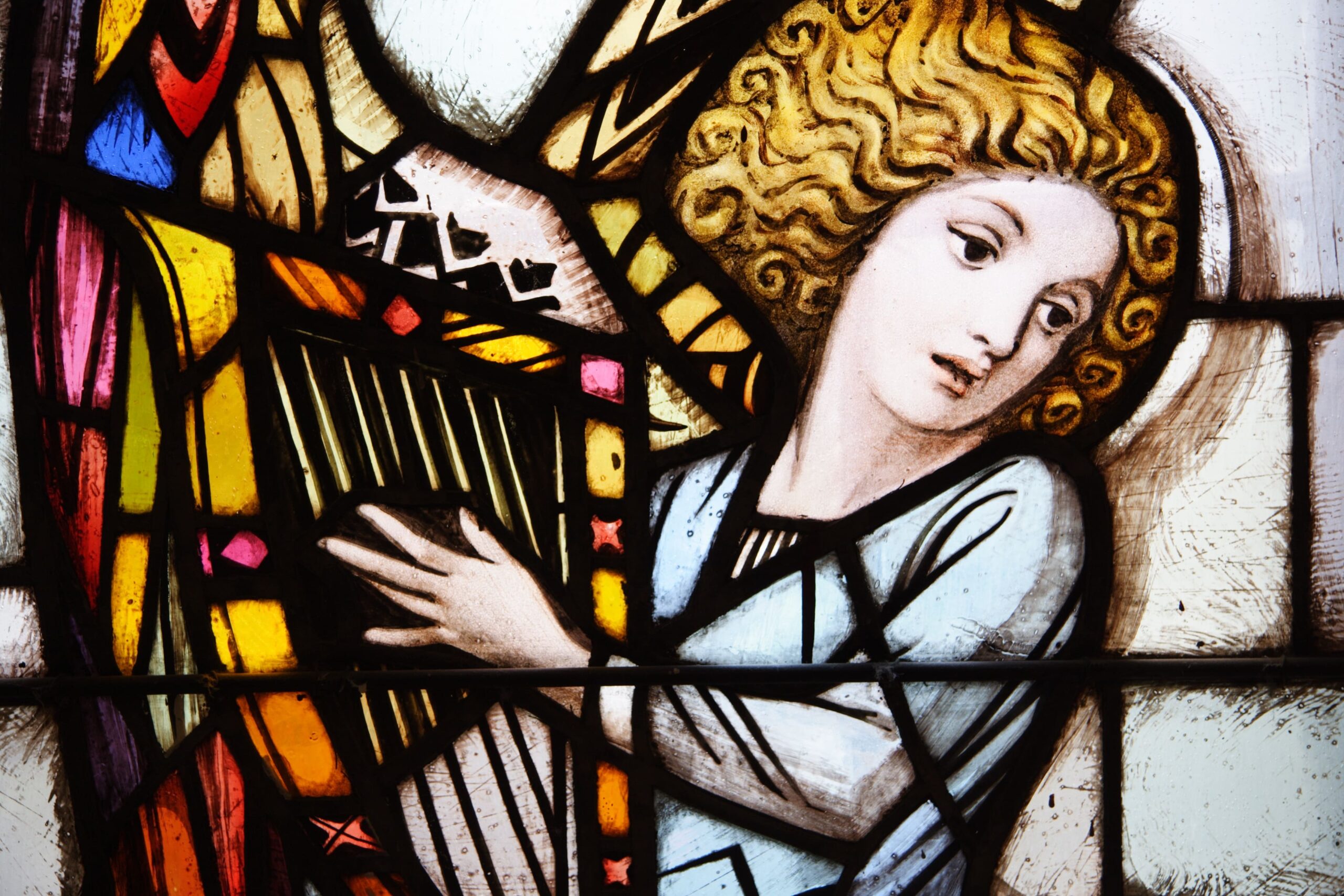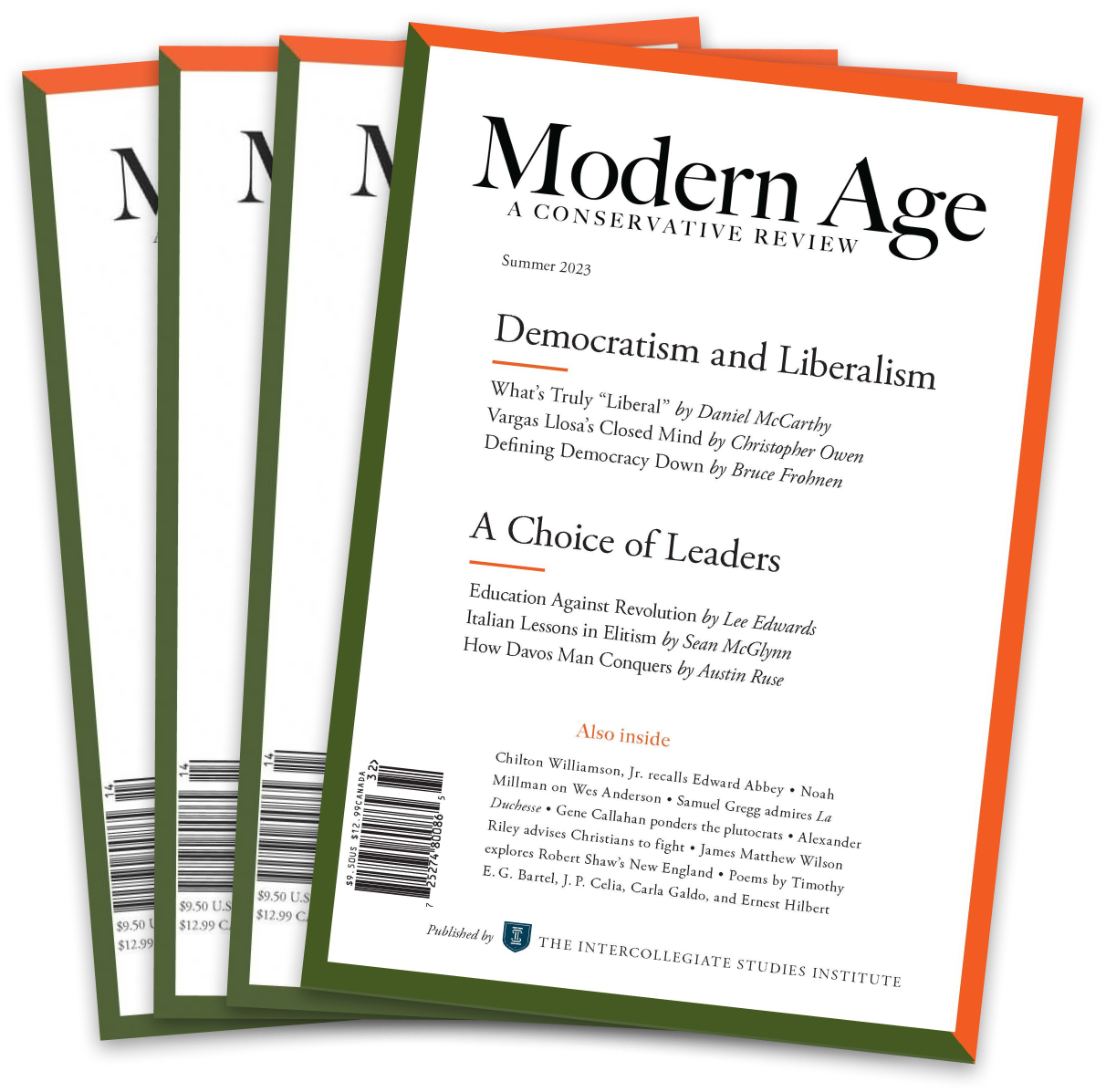Are millions of Canadians suddenly nationalists, or do they only think they are?
Canada is enjoying a historic surge of patriotism driven by President Donald Trump’s tariffs on continental trade and repeated calls to annex Canada and make it the “Fifty-first state.”
After the Charlie Hebdo shooting in 2015, French patriots filled the streets to defend their republican ideals. Bearing signs and joined by politicians of all stripes, Parisians marched not just for unity but for freedom of expression, a noble and fundamental ideal of France’s society. Yet despite Canadians’ increased patriotic sentiment in reaction to Trump’s comments, the streets of Toronto and Ottawa remain noticeably void of any public defense of Canadian ideals.
The high-water mark of Canada’s Trump-inspired patriotism has so far been a jubilant February evening after Team Canada bested Team USA in the final game of the 4 Nations Face-Off ice hockey tournament. From there, this patriotic burst swiftly degenerated into the fetishization of ketchup-flavored potato chips and nostalgic beer ads, rather than drawing upon a deeper, steelier self. When pressed to define their identity beyond empty calories, many Canadians can only whip up vaguely progressive ideals that could have been borrowed from the Democrats or the U.K.’s Labour Party.
“I Am Canadian!” came the 2000 rallying cry from Joe Canada, a flannel-wearing creature invented by the Molson Canada brewing company. He was part of a series of patriotic commercials that arrived in the aftermath of the 1995 Quebec sovereignty referendum, which nearly saw Canada’s largest and only Francophone province leave the federation.
The commercials themselves, apart from an abundance of the color red, espoused cosmopolitan clichés and boosted the Canadian pronunciation of the letter Z as “not zee, zed.” In recent weeks, a greying Joe Canada returned to the screens amidst the tariff war to revive the “I Am Canadian” cry to rally Baby Boomers.
It plays well with wealthier demographics, for whom standing up to Trump is the most pressing issue of April 28’s federal election. Older Canadians vote more and could easily sway the election to the Liberal government led by new prime minister Mark Carney.
When they do vote, those older Canadians may dirty their ballots with purple-stained fingers—ketchup chips being one of Canada’s most unfortunate contributions to junk food.
Non-nutritious and repellent to a well-rounded palette, ketchup chips were a creation of the Canadian Hostess Potato Chips company in the 1970s. The product went on to become an iconic staple of caloric Canadiana.
Now, millions of Canadians are waving their empty bags of chips and clutching their cans of watery beer as if they are swords and shields with which to fight the Donald. Pressed about what being Canadian means beyond unhealthy food choices, they proclaim loyalty to fundamentally non-native ideas.
Given the Liberal Party’s political dominance for much of the twentieth century, it won the privilege of writing most of the lines that make up official modern, Canadian identity, much of it cribbed from the Democrats.
From Franklin Roosevelt’s administration onwards, the affinity between the Liberals and their Democratic counterparts has been profound. In 1963, Kennedy Democrats went so far as to interfere in that year’s Canadian election to ensure a Liberal victory over the staunchly nationalist Conservatives. The Conservative leader, John Diefenbaker, wanted a Canada that could of its own volition stand apart from the United States, in contrast to the Liberal goal of continental integration.
Much of modern Canadian identity is an echo of American politicians like Kamala Harris, whose cosmopolitan, internationalist platitudes resonate deeply with Canada’s left. Yet those ideals are, of course, fundamentally identical no matter the country, and burying them under ketchup chips cannot obscure this.
Fortunately, there still exists a different, dormant idea of Canada, quietly preserved in the trinkets found in Canadian gift shops. Typically located in airports and tourist hotspots, gift shops showcase an entirely different vision of the country. Their shelves are stuffed with painted wooden statues of red-coated officers of the Royal Canadian Mounted Police, plastic beaver figures, and other knick-knacks that recall the vast wilderness that makes up most of Canada’s sovereign land.
Despite being cheaply made and overpriced consumer products, they reflect the more distinct and powerful version of Canada that, while marginalized, is not quite dead. The Mounties are iconic as a symbol of the Canadian state for having brought order and authority to the landmass of the world’s second-largest country.
Canada is stricken by a dire affordability crisis and languid productivity, but even if those ills were remedied, most of Canada would still not be an easy place to live. It is cold, rocky, and until the mid–twentieth century an RCMP station might be the only outpost of stability for hundreds of miles beyond the well-populated, warmer stretch along the 49th parallel.
After World War II, Canada began to urbanize thoroughly, and its rural population plummeted, but the country held firm to its constitutional motto of “Peace, Order, and Good Government.” Canadians still enjoy North America’s lowest national crime rates, but that advantage is rapidly eroding.
The country now plays host to some of the fastest rising rates of property crime in the developed world, particularly in auto theft, where it has been labeled “ground zero,” as cars stolen from Canada turn up in West Africa. Losses from rising retail theft totaled almost $10 billion in 2024, and supermarket employees are being issued body cameras as a token measure of protection, something unheard of a decade ago. Shootings and violent assaults in Canadian cities continue to climb, and while not approaching the levels of St. Louis or Baltimore, they are deeply discomforting to a citizenry used to leaving their doors unlocked.
In Vancouver’s downtown, random attacks have resulted in murder and severed hands, even covering the steps of churches and theaters in blood. Tent cities have sprung up where they never existed, and the judiciary has let drug dealers go free after sniffer dogs allegedly violated their rights when investigating their vehicle. For a country that traditionally prided itself on having brought law and order to the great outdoors, urbanized Canada has inverted that self-understanding completely.
Regarding those great outdoors, nine out of every ten acres of Canada remains untouched. With Canada’s smaller population and less available capital than the United States, and given the unsuitability of the land for settlement, the peopling of the Canadian west has been modest, and very sparse in the north, notwithstanding the native peoples whose presence predates the country.
As a result, the federal government has often had to support private-sector efforts to develop the land, and for many years this arrangement worked very well for Canada.
In 1885, the young Dominion hammered in the last spike of the Canadian Pacific Railroad (CPR), just four years after construction had begun, linking the country from sea to sea at a length of over 2,900 miles. Railway barons and the federal government worked hand-in-hand to ensure the project’s viability and completion.
In 2024, the simple twinning of the Trans Mountain pipeline, spanning barely more than 700 miles and connecting Alberta’s oil fields to the Pacific coast, took twelve years to complete. The sense of nation-building and purpose that went into projects like the CPR more than a century ago has been replaced by arbitrary regulations and paperwork that restrict growth. Indeed, it cost the federal government $34 billion in expenses and additional loans to save the project after its private investors fled the country’s thickening knots of red tape. The Liberals have often treated the project like an embarrassment.
This sense of shame over building nation-making infrastructure was absent in earlier eras, when Canada’s resource-based economy was proudly displayed on the currency from Confederation to the 1960s, with scenes of lumbermen and miners laboring away in the woods. The land and its treasures are still the key to Canada’s future. The Arctic is becoming a hotly contested part of the world, with its mammoth reserves of valuable petroleum and minerals, much of it nominally falling within Canada’s borders.
Russia, China, and the United States are all working to secure their spheres of influence there, and Canada has no choice but to commit fully to protecting its snowy empire. Although the Arctic may feel irrelevant to those comfortably residing in Toronto’s suburbs and financial districts, asserting the Canadian character of this vast northern frontier will soon test whether the country can determine its own destiny.
Yet Canadians need to understand themselves as a distinct tribe, or at least a coalition of distinct tribes, before they undertake such grand enterprises. With a rich history of the British and French founding peoples, whose clashes and collaboration defined the country’s internal struggles for centuries, Canada has a compelling past to draw upon.
True Canadian nationalism that honors its own history while remaining distinct from the rest of the English-speaking world cannot be based on the same cosmopolitan platitudes found in New York and London. Of necessity, it must privilege the languages, ideals, and cultures of the founding peoples.
By no means does this require stamping out minority traditions, holidays, and tongues. Until recently, creating a balance of assimilation and tolerance was relatively easy. French-speaking Lebanese immigrants, for example, readily found a place in Quebec, with many becoming ardent Quebec nationalists, while Cantonese-speaking families from Hong Kong settled nicely into Vancouver after Britain surrendered their homeplace to China in 1997.
Whether due to mass digital communications making it impossible for immigrants to get a true fresh start, their sheer numbers, or the post-nationalist agenda of the former Justin Trudeau government, Canada has lately become less an English-French country and more of a stage for the entire world’s prejudices and politics.
Ethnic diaspora lobbies have grown immensely powerful, as have foreign rivalries that seem to command more passion than Canada’s own issues. The country has to overcome this fracturing and rediscover its identity as a people determined to assert themselves against the cold frontier and reap the benefits of doing so.
Canadian nationalism will never thrive on clichés about ketchup chips and beer or political rhetoric lifted from another country. The true strength of Canada comes from embracing its rugged history, tradition of order, vast wilderness, and distinct roots. Choosing to reconnect with that is choosing a grander future, not as a reaction against the United States but as a strong, confident, and unique people on their sovereign land.

